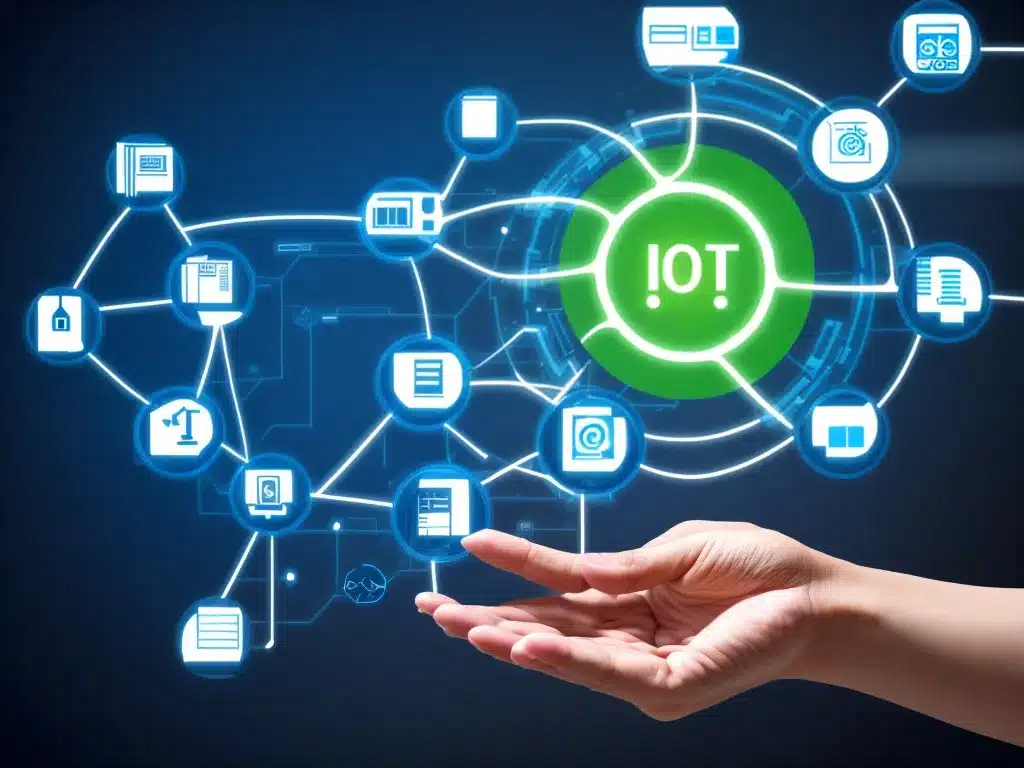
Introduction
The Internet of Things (IoT) is experiencing massive growth and expansion into new markets, creating exciting opportunities across many industries. As more devices become connected and new applications emerge, companies face both challenges and chances to innovate. In this article, I explore the drivers behind IoT expansion and the most promising new market opportunities.
Factors Driving IoT Expansion
Several key factors are fueling the rapid growth of IoT and connected devices:
Improved Connectivity and Bandwidth
- The rollout of 5G networks offers faster speeds, lower latency, and the ability to connect exponentially more devices simultaneously. This enables new IoT applications requiring real-time responses.
- Enhanced WiFi and broadband access expands IoT connectivity into homes, businesses, and public spaces.
- Satellite and low power WAN (LPWAN) networks like LoRaWAN extend the reach of IoT to remote locations.
Advanced Sensors and Hardware
- Sensors are becoming cheaper, smaller, and more power efficient, allowing their integration into more devices and use cases.
- New IoT chipsets pack more processing power into small footprints, enhancing edge computing abilities.
- Improved battery technology increases the operating life of connected devices.
Data Analytics and AI
- Sophisticated analytics tools extract key insights from massive volumes of IoT data, identifying trends and predicting outcomes.
- AI algorithms enable devices to make automated decisions without human intervention.
- Machine learning improves system performance over time.
Increased Consumer and Business Demand
- Customers embrace smart home devices and wearables, experiencing the convenience and benefits firsthand.
- Businesses adopt IoT solutions to optimize operations, boost efficiency, and reduce costs.
- Investor interest and funding pour into the IoT startup ecosystem.
Promising New Market Opportunities
Several emerging markets show strong potential for IoT growth and new applications:
Smart Cities
- Smart streetlights automatically adjust brightness based on traffic and pedestrians, improving efficiency.
- Smart parking solutions guide drivers to open spaces using sensors and digital displays.
- Traffic optimization systems monitor congestion and alter stoplight timing to improve flow.
- Smart waste management uses fill-level sensors to optimize trash pickup routes.
Industrial IoT
- Predictive maintenance uses sensors to monitor equipment health in real time, identifying issues before failure. This avoids downtime and improves safety.
- Inventory management with RFID tags provides real-time visibility into stock levels across global supply chains.
- Fleet tracking monitors vehicle location, fuel usage, and engine diagnostics to enhance logistics operations.
- Worker safety wearables track vitals, environment, and exertion to prevent accidents and injuries.
Healthcare
- Telehealth connects patients to doctors for consultations, monitoring, and ongoing care using IoT-enabled medical devices.
- Smart medication systems track usage and remind patients when to take pills or refill prescriptions.
- Remote patient monitoring allows doctors to track vitals and spot health changes without an office visit.
- Medical asset tracking ensures lifesaving equipment is available when needed.
Retail and Commerce
- Smart shopping carts detect items as customers add them, enabling automated checkout.
- Smart mirrors let shoppers digitally try on clothes and accessories.
- Proximity beacons send promotions to nearby shopper smartphones to drive engagement.
- Shelf sensors detect inventory levels and alert staff when items need restocking.
Key Challenges Hindering Adoption
While IoT expansion opens new opportunities across industries, key challenges remain:
- Security risks from unsecured devices and data vulnerability.
- Connectivity limitations in rural areas and remote locations.
- Data silos that prevent insights from different IoT systems from being analyzed together.
- High upfront costs of enterprise IoT implementations.
- Technical complexities integrating disparate devices, networks and platforms.
The Road Ahead
As enabling technologies continue improving, IoT adoption will accelerate, transforming nearly every industry. The companies that capitalize on this expansion by innovating with connected devices and capitalizing on the generated data insights will gain real competitive advantages. However, those that lag in adoption may struggle to keep up. With thoughtful planning, proper security precautions, and the right technology partners, the promise of IoT can become reality. The next decade will bring exponential growth of connected devices across new markets, and businesses must prepare now to seize the immense opportunities ahead.












